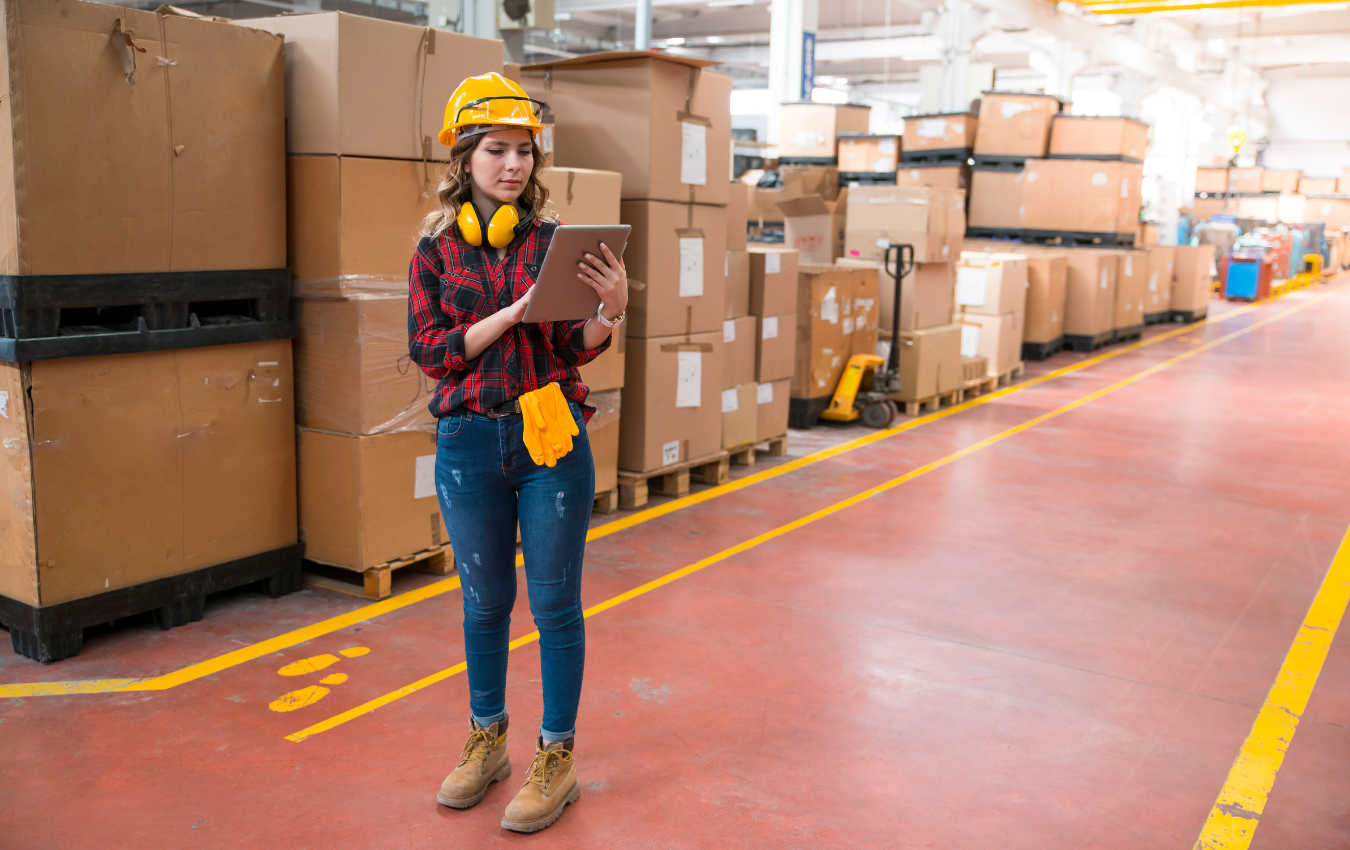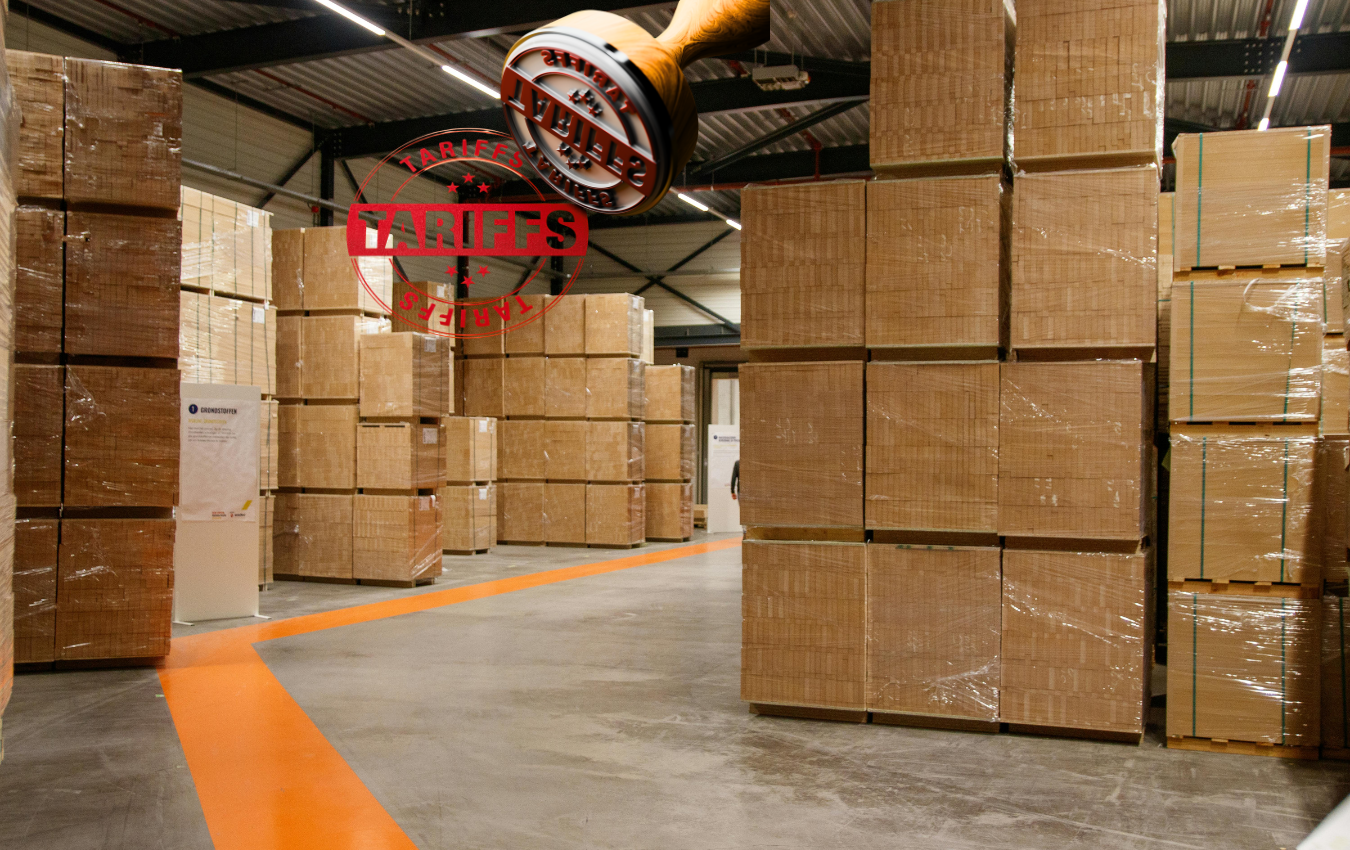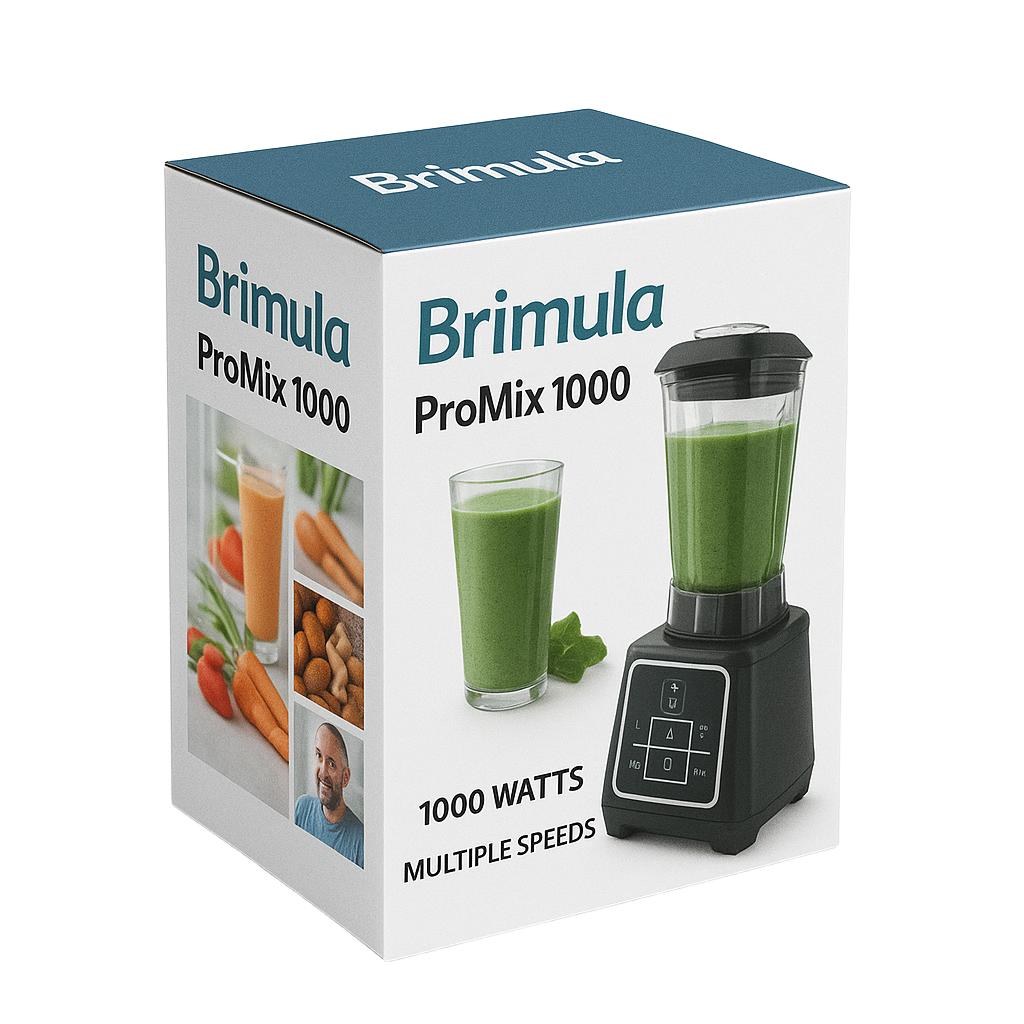Home » The Impact of Switching Packaging Suppliers
The Impact of Switching Packaging Suppliers

For businesses, the decision to change packaging suppliers can be driven by various factors such as cost, quality, service, or the need for innovation. However, this change, while potentially beneficial, can also significantly affect the outcome of your product’s packaging. In this detailed blog, we’ll explore the various aspects of how switching packaging suppliers can impact your product and what to consider during this transition.
Understanding the Implications of Changing Suppliers
The decision to switch packaging suppliers is not one to be taken lightly. It involves considering how the change will impact the quality, design, cost, and overall brand consistency of your product’s packaging.

Potential Benefits of Changing Suppliers
- Improved Quality and Innovation:
- A new supplier might offer better quality materials or more innovative packaging solutions that enhance the aesthetic and functionality of your product.
- Access to the latest technology and packaging trends can give your product a competitive edge in the market.
- Cost Reduction:
- Switching suppliers can be financially beneficial if the new supplier offers more competitive pricing without compromising quality.
- Cost savings can also come from more efficient production processes or economies of scale.
- Enhanced Sustainability:
- A new supplier may provide more eco-friendly packaging options, aligning with modern sustainability trends and consumer preferences.
Challenges and Risks of Supplier Transition
- Inconsistency in Packaging Quality:
- A new supplier may interpret your specifications differently, leading to variations in quality or appearance of the packaging.
- Ensuring consistency is critical, especially if the packaging is a key component of your brand identity.
- Transition Delays and Logistics:
- Switching suppliers can lead to transition delays. Timing is crucial, especially if you have strict product launch timelines.
- Navigating the logistics of the switch, including winding down with the current supplier and ramping up with the new one, requires careful planning.
- Communication and Misunderstandings:
- Establishing effective communication with a new supplier is vital. Misunderstandings can lead to errors in the packaging production.
- Clear and detailed discussions about your packaging needs and expectations are essential.

Steps to Ensure a Smooth Transition
- Conduct Thorough Research:
- Before switching, research potential suppliers thoroughly. Look for reviews, request samples, and evaluate their customer service and reliability.
- Consider suppliers’ expertise in your specific product category.
- Risk Assessment:
- Conduct a risk assessment to understand the potential impacts of switching suppliers.
- Plan for contingencies in case of unexpected challenges during the transition.
- Clear Communication of Specifications:
- Provide detailed specifications, brand guidelines, and quality standards to your new supplier.
- If possible, share examples of previous packaging that met your standards.
- Quality Control Measures:
- Implement stringent quality control processes with the new supplier to ensure packaging meets your standards.
- Regularly review sample batches before approving full-scale production.
- Building a Strong Partnership:
- Foster a collaborative relationship with your new supplier. Mutual understanding and trust are key to a successful partnership.
- Regular meetings and open lines of communication can help align expectations.
- Gradual Transition and Testing:
- Consider a phased approach to the transition, starting with smaller batches.
- Test the market’s reaction to the new packaging before fully committing to the change.
If you are interested in making the switch, then partner with Brown Packaging today to get started.
With new tariff proposals and continued trade uncertainty, 2026 is shaping up to be another pivotal year for packaging sourcing strategy. Many companies that shifted
Following multiple rounds of tariff changes and trade policy adjustments, 2026 marks a turning point for U.S. packaging buyers. Many who previously transitioned from China
Shifting packaging production from China to the U.S. can help stabilize costs, reduce tariff exposure, and shorten lead times. But the transition process requires careful
RSC boxes are known for their efficiency and versatility, but their performance ultimately comes down to strength. Buyers often see numbers like ECT, BCT, and
In packaging, foam isn’t just about initial protection — it’s about maintaining performance over the entire shipping or storage cycle. Compression set and recovery characteristics
Pouches are a go-to for flexibility and convenience, but they can fail in critical ways—from poor seals to punctures and delamination—that hurt performance and brand
Home » The Impact of Switching Packaging Suppliers

Rigid boxes are the premium standard in packaging—perfect for luxury products, high-end electronics, skincare, and gift sets. But creating a beautiful rigid box is only

Many U.S. businesses currently sourcing packaging from China are facing a harsh reality: tariffs and trade volatility can quickly erode margins and disrupt supply chains.

Retailers place strict requirements on packaging to ensure products move efficiently through distribution centers, arrive safely, and look consistent on shelves. Non-compliance can lead to


